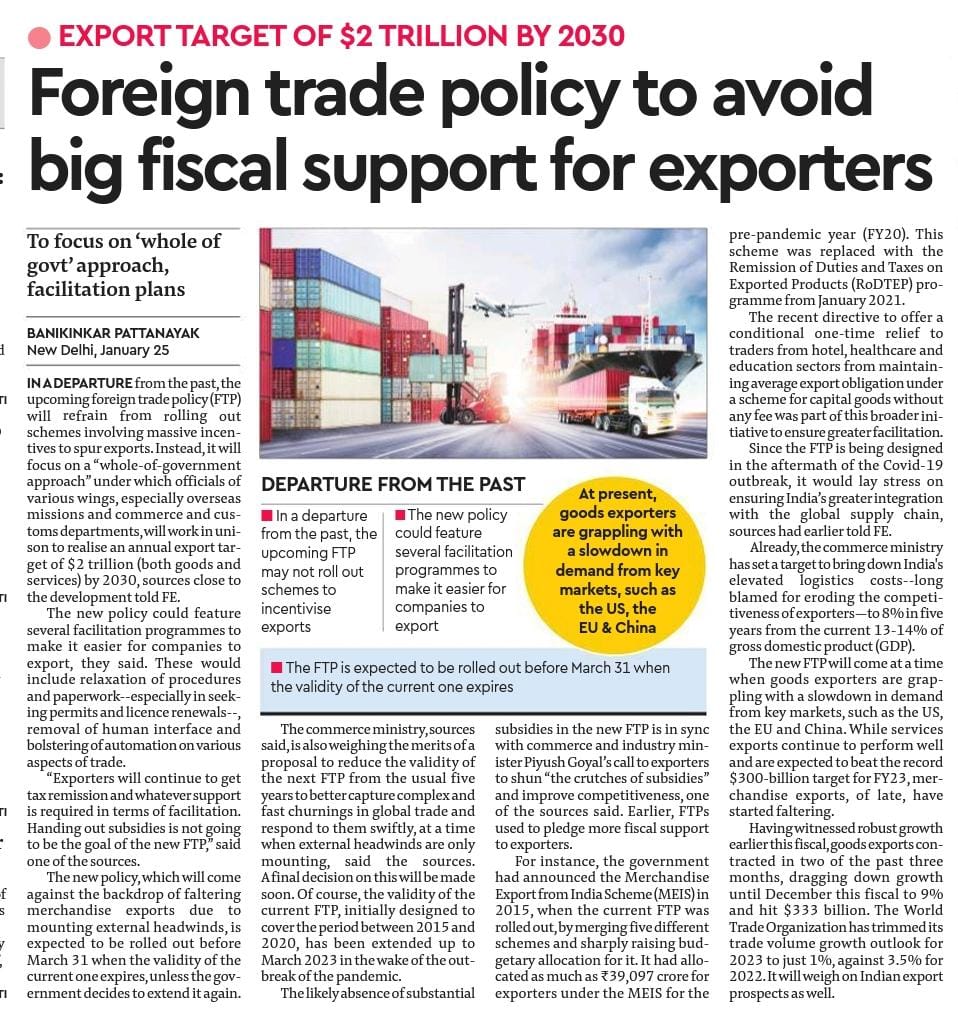Fiscal Support And Inflation: The ECB's Post-Pandemic Assessment

Table of Contents
The ECB's Pandemic Emergency Purchase Programme (PEPP) and its Impact
The Pandemic Emergency Purchase Programme (PEPP) was a cornerstone of the ECB's response to the COVID-19 crisis. Its primary goal was to combat the economic downturn by injecting massive liquidity into the Eurozone markets. The PEPP aimed to prevent a credit crunch and ensure that businesses and households could continue accessing credit despite the economic uncertainty.
- Scale and Goals: The PEPP involved €1.85 trillion in asset purchases, far exceeding the scale of previous quantitative easing (QE) programs. It aimed to improve market liquidity, lower borrowing costs, and support lending to businesses and households.
- Quantitative Easing Measures: The PEPP included purchases of a wide range of assets, including government bonds, corporate bonds, and even asset-backed securities. This broad approach aimed to ensure the effectiveness of the program across various market segments.
- Short-Term Effects: The PEPP successfully eased market tensions and significantly lowered borrowing costs across the Eurozone. This fostered improved market liquidity and facilitated access to credit.
- Inflationary Debate: However, the PEPP’s contribution to rising inflation remains a subject of ongoing debate. While increased liquidity can fuel demand-pull inflation, the ECB argues that other factors, such as supply-side shocks, played a more significant role. This debate highlights the complex relationship between monetary policy and inflationary pressures within the Eurozone.
Fiscal Stimulus Measures Across the Eurozone and Their Heterogeneity
In addition to the ECB's monetary policy response, Eurozone countries implemented diverse fiscal stimulus packages to mitigate the pandemic's economic impact. This heterogeneity in fiscal policy approaches presents significant challenges in assessing the overall impact on inflation.
- Diverse Approaches: Member states adopted different approaches to fiscal support, reflecting varying economic structures and political priorities. Some focused on wage subsidies to protect employment, while others prioritized direct payments to households.
- Scale and Scope: The scale of fiscal stimulus varied substantially across the Eurozone. Countries with greater fiscal capacity implemented more expansive programs.
- Examples of Fiscal Policies:
- Germany: Implemented Kurzarbeit (short-time work) schemes to support employment.
- France: Provided substantial direct payments to households and businesses.
- Italy: Focused on supporting businesses and healthcare systems.
- Impact on Inflation Dynamics: This fiscal heterogeneity has contributed to differing inflation dynamics across the Eurozone. Countries with more expansive fiscal programs may have experienced stronger inflationary pressures. Understanding this divergence is critical for effective Eurozone economic governance.
The ECB's Assessment of the Inflationary Risks
The ECB has acknowledged the role of fiscal support in contributing to inflationary pressures but emphasizes the complexities of determining the precise extent of its influence. The ECB's assessment recognizes the interplay between demand-pull inflation (driven by increased demand fueled by fiscal stimulus) and supply-side shocks (such as supply chain disruptions).
- ECB's Official Stance: The ECB maintains that while fiscal support played a role, supply-side factors, including supply chain bottlenecks and energy price increases, were the dominant drivers of the surge in inflation.
- Disentangling Effects: Determining the precise contribution of fiscal support to inflation is challenging. Econometric models are used to separate the effects of fiscal stimulus from other factors impacting price levels.
- Key Findings from ECB Reports: ECB publications consistently highlight the role of supply-side shocks in driving inflation. They also acknowledge the contribution of robust demand, partially fueled by fiscal measures.
- Inflation Projections and Monetary Policy: The ECB’s inflation projections and their associated uncertainty significantly influence its monetary policy decisions. This includes the pace of interest rate hikes and the eventual unwinding of QE programs.
The ECB's Policy Response and Future Outlook for Fiscal Policy Coordination
The ECB has begun normalizing its monetary policy, gradually reducing its asset purchases and raising interest rates to combat rising inflation. However, this process requires careful navigation to avoid derailing economic recovery.
- Monetary Policy Normalization: The ECB's policy response involves a gradual phasing out of PEPP and a cautious approach to raising interest rates.
- Balancing Growth and Inflation: The central challenge is balancing the need to control inflation with the need to maintain economic growth. Premature or overly aggressive policy tightening could stifle recovery.
- Fiscal Coordination: Effective coordination between fiscal and monetary policies within the Eurozone is crucial for achieving macroeconomic stability. This requires collaboration between national governments and the ECB.
- Future Policy Adjustments: Future policy adjustments will depend on evolving economic data and inflation forecasts. The ECB's response will continue to adapt to the changing economic landscape, balancing the need to fight inflation with the need to support sustained growth.
Conclusion
The ECB's post-pandemic fiscal support measures, particularly the PEPP, played a significant role in mitigating the economic fallout from the COVID-19 crisis. However, the relationship between this fiscal support and the subsequent inflationary pressures is complex and multifaceted. While the ECB acknowledges the contribution of fiscal stimulus, it highlights the dominant role of supply-side shocks in driving inflation. The ECB's ongoing assessment and policy response are crucial for navigating the challenges of maintaining price stability while supporting sustained economic growth. Understanding the interplay between fiscal support and inflation is crucial for navigating the economic landscape. For a deeper dive into the ECB's post-pandemic analysis and its implications for the future, explore the ECB's official publications on [link to ECB website]. Continue to stay informed on the evolving ECB Post-Pandemic Fiscal Policy and its impact on the Eurozone economy.

Featured Posts
-
 New Business Opportunities Exploring The Countrys Hottest Markets
Apr 29, 2025
New Business Opportunities Exploring The Countrys Hottest Markets
Apr 29, 2025 -
 Everything You Need To Know About Jeff Goldblums Wife Emilie Livingston
Apr 29, 2025
Everything You Need To Know About Jeff Goldblums Wife Emilie Livingston
Apr 29, 2025 -
 Adidas Anthony Edwards 2 A First Look At The New Signature Shoe
Apr 29, 2025
Adidas Anthony Edwards 2 A First Look At The New Signature Shoe
Apr 29, 2025 -
 U S Companies Slash Costs Amid Tariff Uncertainty
Apr 29, 2025
U S Companies Slash Costs Amid Tariff Uncertainty
Apr 29, 2025 -
 Perplexitys Ceo The Fight For Ai Search Dominance Against Google
Apr 29, 2025
Perplexitys Ceo The Fight For Ai Search Dominance Against Google
Apr 29, 2025
